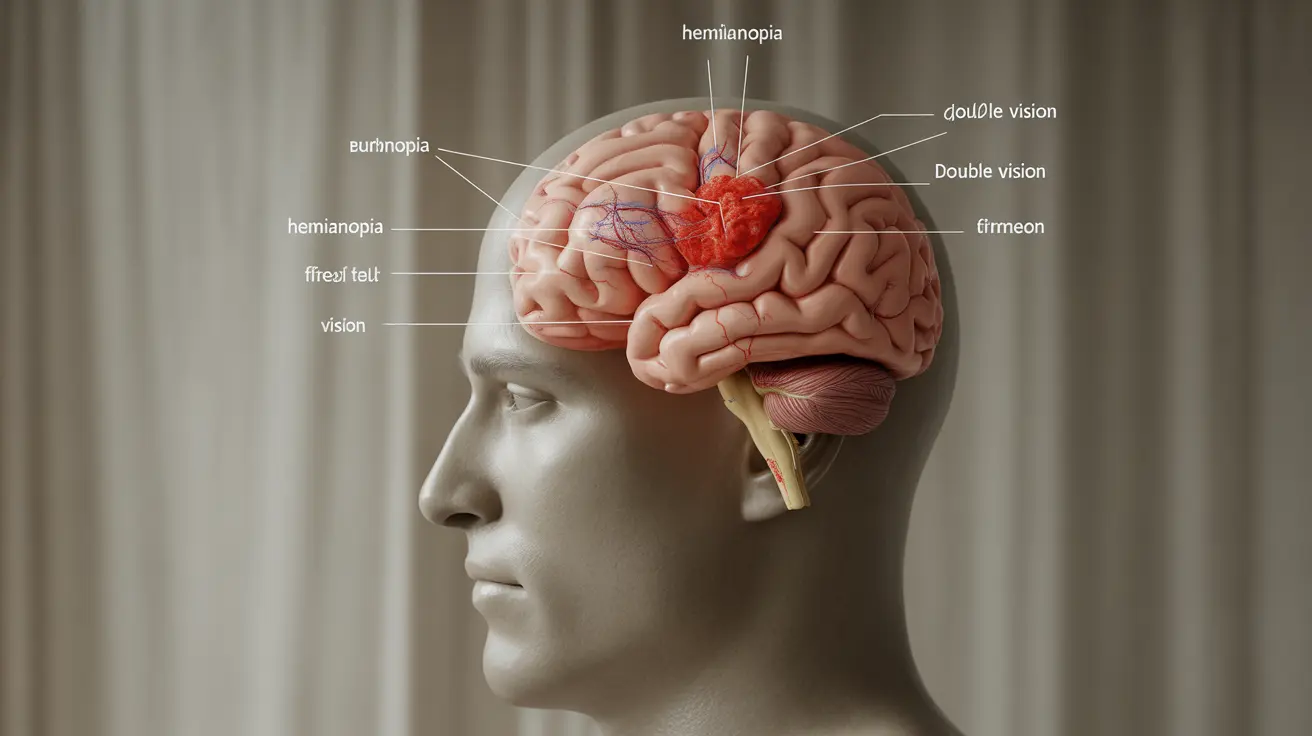When a stroke occurs, it can affect various aspects of brain function, including vision. Understanding whether vision loss from a stroke is permanent and what recovery options are available is crucial for both patients and their caregivers. Vision problems after stroke affect up to 60% of survivors, making it one of the most common post-stroke complications.
This comprehensive guide explores the relationship between stroke and vision loss, potential recovery outcomes, and available treatment options to help stroke survivors maximize their visual function and quality of life.
Understanding Post-Stroke Vision Problems
Stroke can affect vision in several ways, depending on which area of the brain is damaged. The visual system involves multiple brain regions working together, and damage to any part of this network can result in different types of vision problems.
Common Types of Vision Impairment After Stroke
Vision issues following a stroke can manifest in various forms:
- Hemianopia (loss of vision in half of the visual field)
- Double vision (diplopia)
- Blurred vision
- Visual neglect
- Eye movement problems
- Decreased visual perception
Can Vision Recover After a Stroke?
The potential for vision recovery after a stroke varies significantly among individuals. While some patients experience spontaneous improvement in the first few months after stroke, others may require intensive rehabilitation to regain visual function. The extent of recovery often depends on factors such as:
- The location and severity of the stroke
- How quickly treatment was initiated
- The type of vision problem
- The patient's overall health
- Consistency with rehabilitation efforts
Timeline for Vision Recovery
Most significant visual improvements occur within the first six months after a stroke, though recovery can continue beyond this period. Early intervention is crucial for maximizing recovery potential.
Critical Recovery Periods
Understanding the timeline for vision recovery helps set realistic expectations:
- First few days to weeks: Initial spontaneous recovery may occur
- 1-3 months: Most rapid improvement typically happens
- 3-6 months: Continued progress with rehabilitation
- Beyond 6 months: Slower but possible ongoing improvements
Treatment Options and Vision Rehabilitation
A comprehensive approach to vision rehabilitation typically includes:
- Vision therapy exercises
- Compensatory strategy training
- Optical devices and aids
- Adaptive technologies
- Medications (when appropriate)
- Environmental modifications
Frequently Asked Questions
Is vision loss from a stroke usually permanent or can it improve over time?
Vision loss from stroke is not always permanent. Many patients experience some degree of natural recovery, particularly in the first few months after stroke. With appropriate rehabilitation and treatment, significant improvements are possible, though the extent of recovery varies among individuals.
What types of vision problems commonly occur after a stroke?
Common vision problems after stroke include hemianopia (visual field loss), double vision, blurred vision, visual neglect, and difficulties with eye movement control. The specific type depends on which area of the brain was affected by the stroke.
How soon should vision rehabilitation start after a stroke for best recovery?
Vision rehabilitation should begin as soon as the patient is medically stable, typically within the first few days to weeks after stroke. Early intervention is crucial for optimal recovery outcomes and preventing the development of compensatory behaviors that might hinder progress.
What treatment options and therapies help improve vision loss caused by stroke?
Treatment options include vision therapy exercises, compensatory strategy training, optical devices, adaptive technologies, and environmental modifications. A combination of these approaches, tailored to the individual's specific needs, typically yields the best results.
How does damage to the brain during a stroke lead to different kinds of visual impairments?
Different areas of the brain control various aspects of vision. When stroke damages specific brain regions, it can affect corresponding visual functions. For example, damage to the occipital lobe can cause visual field loss, while damage to areas controlling eye movements can result in double vision or tracking problems.




